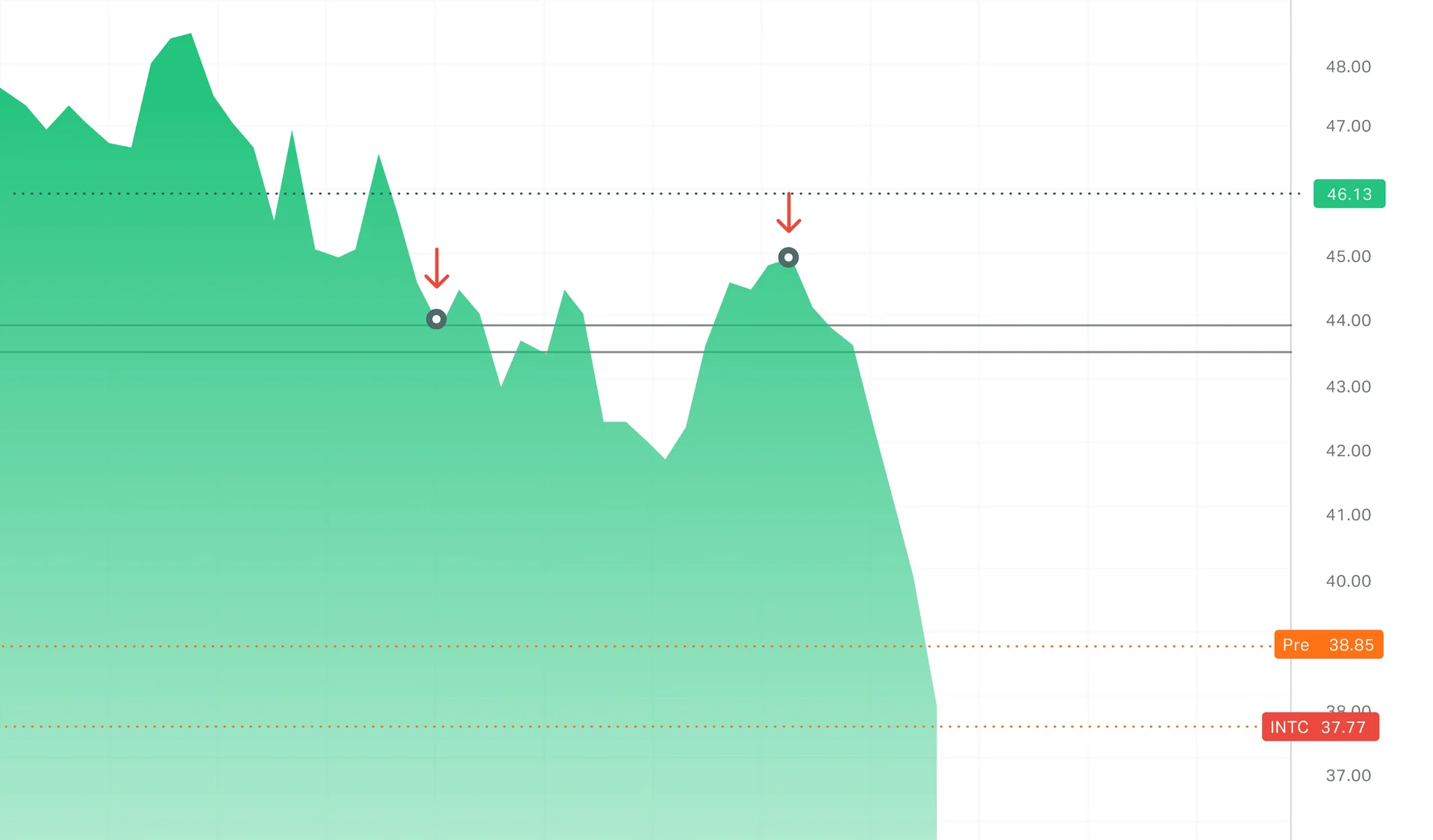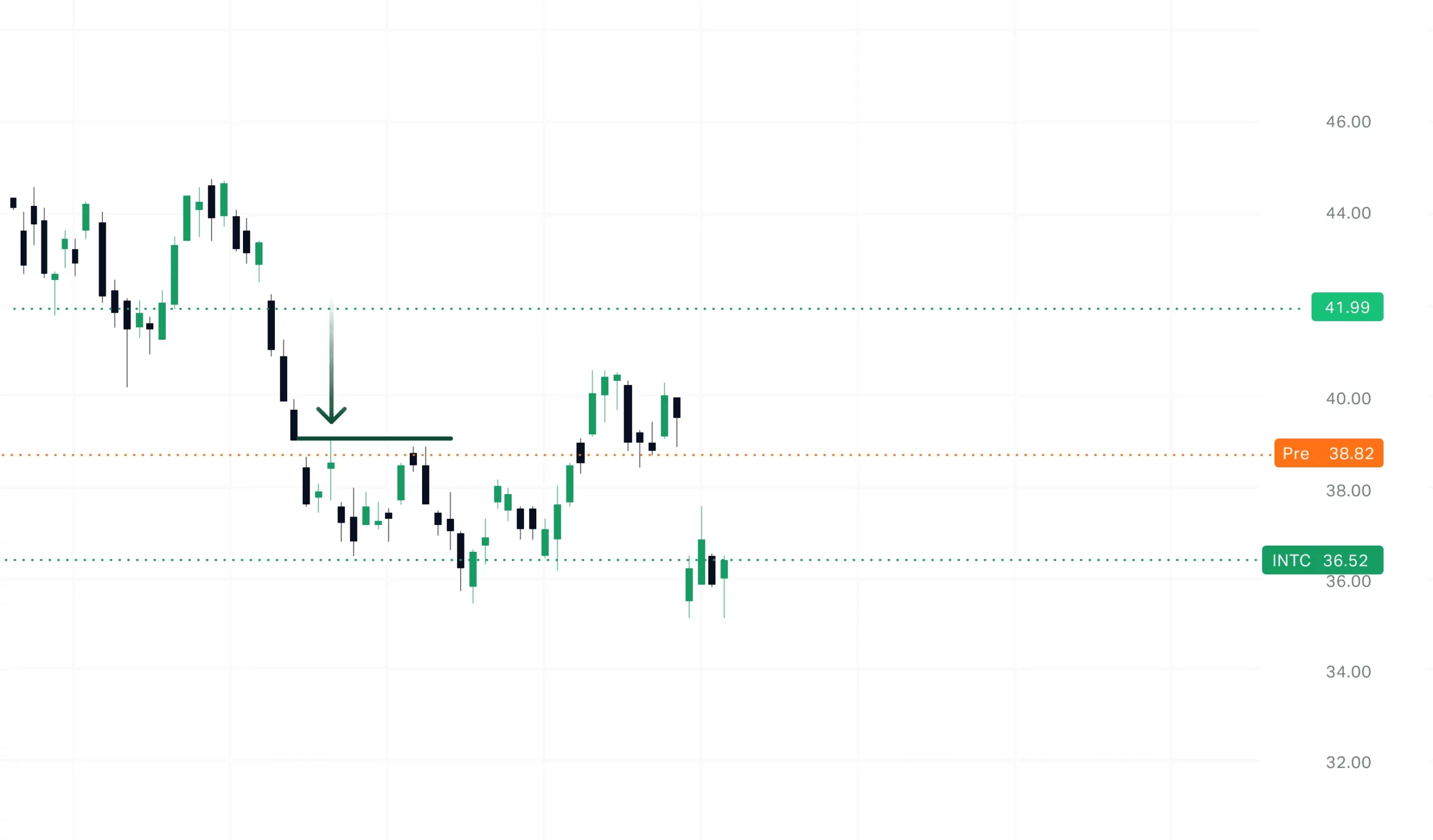Maximum Holding Times for Exness Positions
On Exness, every position has a maximum time it can stay open. This is called the “maximum holding time.” If you leave a position open longer than allowed, it might be automatically closed, or you may face extra costs. Knowing these time limits helps you manage your trades and avoid unwanted surprises.
The Concept of “Maximum Holding Time”
On Exness, the maximum time you may hold a position is known as the “maximum holding time”. Whatever the asset may be, whether it is Forex, stocks, or commodities, each asset has its own time limitation. The system may also close your position on your behalf if you don’t close it before your time runs out.

These time choose keep dealers from being uncovered to market threats for too long. If the market does move against you, for instance, the platform may automatically shut down your position to limit further losses. On the flip side, if the market runs in your favour, you may lose on additional profits per time if you do not manage the latter well.
The duration for each shutter depends on what asset you use and the situation of a market. It’s crucial to be mindful of these limits and structure your trades accordingly.
Time Limits on Exness for Different Assets
Every asset listed on Exness has its own time period you can leave your position open. The time limit varies from one asset to another (Forex, commodities, and stocks). Knowing these limits is key to not facing unexpected closures or extra expenses.
Here’s a table showing the maximum holding times for different assets:
| Asset Type | Maximum Holding Time |
| Forex | 30 days |
| Commodities | 7 days |
| Indices | 5 days |
| Stocks | 3 days |
Remember, these times can vary slightly based on the specific asset, so always check the limit before you trade.
Practical Consequences of Exceeding the Holding Limit
Remember, these times can vary slightly based on the specific asset, so always check the limit before you trade.

- Automatic Closure: If the time limit is exceeded, the position may close automatically, regardless of market direction, potentially resulting in missed profits or locked-in losses.

- Additional Fees: In some cases, keeping a position open too long can lead to extra fees. These fees can reduce your overall profit.

- Missed Profits: If your position is closed automatically by its expiry, you could potentially miss out if the asset moves in your favor after the deadline.

- More Risk: The longer you stay in a position the more risk you are taking. A market move against you could cost you more money than you had bargained for.
By doing this, you will set your maximum holding times and proceed with your trades, avoiding these problems. Make sure you cover your risks with stop-loss or take-profit orders
Recommendations for Managing the Time of Open Positions
It’s important to manage how long your positions stay open. Here are a few simple tips to help you:
- Know the Time Limits: Always check the maximum holding time for the asset you’re trading. This way, you can plan when to close the position.
- Set Alerts: Set up alerts to remind you when your position is close to the time limit. This will help you avoid forgetting to close your trade.
- Use Stop-Loss and Take-Profit Orders: Use stop-loss and take-profit orders to automatically close your position at a certain price. This helps you manage risk and makes sure you don’t stay in a position too long.
- Follow Market Trends: Watch the market. If it’s moving in your favor, you might want to keep the position open longer. If it’s moving against you, close it before the time limit hits.
- Plan Your Trades: Before you open a position, think about how long you plan to hold it. Make sure it fits within the asset’s time limit.
By following these steps, you can avoid problems and better manage your trades.

Features of Different Trading Strategies in the Context of Limits
Different trading strategies have different ways of handling time limits. Here’s how they work:
- Day Trading: Day traders open and close positions in one day. They usually don’t worry about time limits, but they still need to keep an eye on them.
- Swing Trading: Swing traders hold positions for a few days or weeks. They need to be careful because if the asset has a short time limit, their positions might be closed automatically.
- Scalping: Scalpers trade quickly, opening and closing positions within minutes. Since they trade for short periods, time limits are usually not an issue, but they still need to act fast.
- Position Trading: Position traders hold assets for weeks or months. Time limits can be a problem for them, especially with assets that have shorter limits. They need to plan carefully to avoid exceeding the limit.
- Trend Following: Trend traders hold positions for days or weeks to catch bigger market moves. They may also face issues with short time limits, so they must adjust their strategy if needed.
Each strategy has its own way of dealing with time limits. It’s important to understand these limits and adjust your approach to suit your trading style.
Frequently Asked Questions (FAQ)
What is the maximum holding time for positions on Exness?
The maximum holding time on Exness depends on the asset you’re trading. For Forex, you can hold positions for up to 30 days. For other assets like commodities, indices, and stocks, the time limits are usually shorter, typically between 3 to 7 days. Always check the specific time limit for the asset you’re trading.
Are the holding time limits the same for all assets on Exness?
No, the holding time limits are not the same for all assets on Exness. Different assets have different rules. For example, Forex positions can be held for up to 30 days, while commodities, indices, and stocks usually have shorter time limits. Be sure to check the time limit for each asset before you trade.
What happens if I exceed the maximum holding time for a position?
If you exceed the maximum holding time, Exness will automatically close your position. This could happen whether the market is moving in your favor or not. You might miss out on profits or lock in a loss. To avoid this, make sure to close your position before the time limit is reached.
How can I manage my open positions to avoid exceeding the time limit?
To avoid exceeding the time limit, always check the time limits for the assets you trade. Keep track of your open positions and set alerts to remind you when you’re getting close to the limit. You can also use stop-loss and take-profit orders to close positions automatically. This way, you can manage your trades and make sure they don’t stay open too long.
You may also be interested in:
